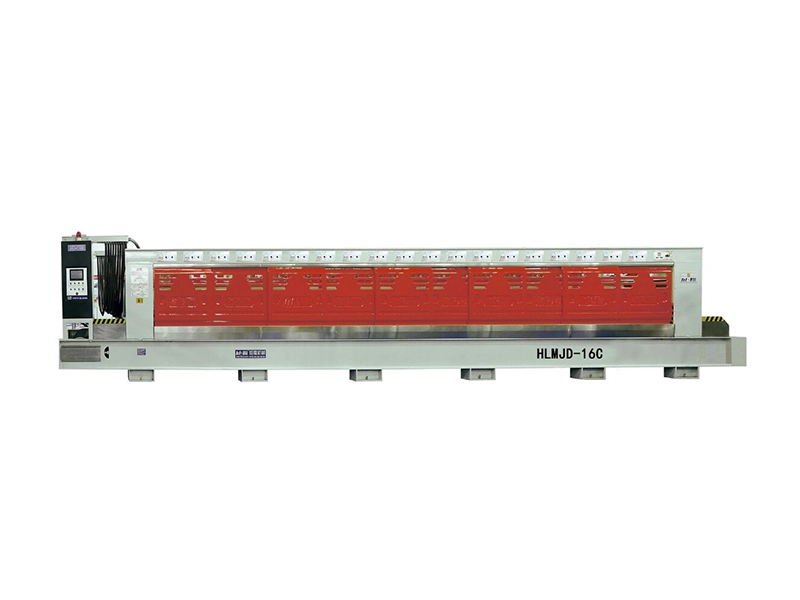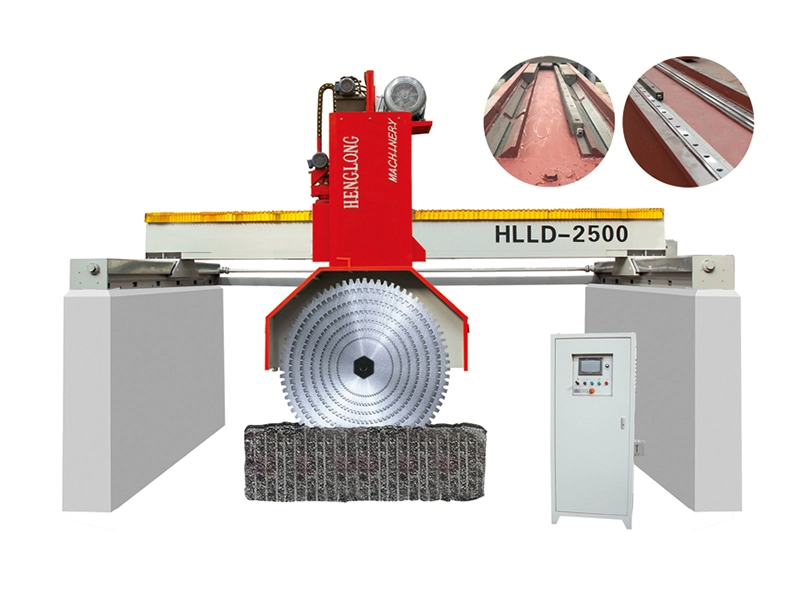Common Mistakes to Avoid When Using a Marble Granite Line Polisher
Time:
Nov 04,2025
Common Mistakes to Avoid When Using a Marble Granite Line Polisher
Table of Contents
- Introduction to Marble Granite Line Polishers
- Understanding the Basics of Line Polishers
- Common Mistakes to Avoid
- 1. Wrong Grit Selection
- 2. Inadequate Setup and Calibration
- 3. Neglecting Safety Precautions
- 4. Improper Polishing Technique
- 5. Insufficient Maintenance of Equipment
- 6. Ignoring Environmental Factors
- 7. Overlooking Product Selection
- Best Practices for Polishing Marble and Granite
- Frequently Asked Questions
- Conclusion
Introduction to Marble Granite Line Polishers
Marble and granite are prized for their beauty and durability, making them popular choices for countertops, flooring, and other surfaces. However, maintaining their luster requires the right tools and techniques, particularly when using a marble granite line polisher. While these machines are designed to deliver exceptional results, many users inadvertently make common mistakes that can lead to poor outcomes or even damage. By understanding these pitfalls, we can enhance our polishing skills and preserve the beauty of our stone surfaces.
Understanding the Basics of Line Polishers
Line polishers are specialized machines engineered for the precise polishing of marble and granite surfaces. They operate using various grits of diamond pads, which grind down the stone to a smooth finish. When used correctly, these machines can produce a high-gloss sheen that highlights the natural beauty of the stone. However, improper use can lead to scratches, uneven finishes, and even surface damage.
To achieve optimal results, we need to familiarize ourselves with the components of the line polisher, including the motor speed, pad configuration, and water usage. Understanding how each of these elements affects the polishing process will allow us to avoid mistakes and ensure a professional finish.
Common Mistakes to Avoid
1. Wrong Grit Selection
Selecting the appropriate grit for your polishing project is crucial. Many users mistakenly choose a grit that is either too coarse or too fine for the type of surface they are working on. Using a grit that is too coarse can leave scratches, while one that is too fine may not effectively remove imperfections.
To ensure optimal results, we recommend starting with a coarser grit to remove any significant flaws and then gradually transitioning to finer grits. This approach allows for a smoother finish and prevents damage to the surface.
2. Inadequate Setup and Calibration
A common mistake among users is failing to properly set up and calibrate the marble granite line polisher. Misalignment can lead to uneven polishing and can cause excessive wear on the pads.
Before starting your project, always check the alignment of the machine. Ensure that the polishing pads are securely fastened and that the machine is operating at the recommended speed. Taking the time to set up properly can save you significant effort and frustration during the polishing process.
3. Neglecting Safety Precautions
Safety should always be a priority when operating any power tool, including a marble granite line polisher. Many users neglect to wear appropriate personal protective equipment (PPE), such as safety goggles, gloves, and dust masks.
In addition to protecting yourself from dust and debris, it is essential to ensure that the work area is safe. Remove any obstacles that could lead to accidents and ensure adequate ventilation to avoid inhaling harmful particles. By prioritizing safety, we can work with confidence and reduce the risk of injury.
4. Improper Polishing Technique
Using the correct technique when polishing is vital for achieving the desired finish. Some users make the mistake of applying too much pressure or moving too quickly across the surface. This can lead to uneven polishing and may damage the stone.
Instead, we recommend using a consistent and even motion while applying light pressure. Allow the machine to do the work for you, and take your time to ensure an even finish. Practice on a smaller or less visible area before tackling larger projects to refine your technique.
5. Insufficient Maintenance of Equipment
Regular maintenance of your marble granite line polisher is often overlooked, leading to subpar results and a shorter lifespan for the equipment. Users frequently forget to clean the polishing pads and check for wear and tear.
To maintain optimal performance, clean the pads after each use and inspect them for signs of damage. Replace worn pads promptly to ensure consistent results. Regular maintenance not only extends the life of your equipment but also enhances the quality of your work.
6. Ignoring Environmental Factors
Environmental conditions can significantly impact the polishing process. Factors such as temperature, humidity, and the type of surface being polished can affect how the machine operates and the results it produces.
For instance, polishing in high humidity can lead to excess moisture on the stone, which can interfere with the polishing process. Always consider the environment and adjust your technique and settings accordingly to ensure the best results.
7. Overlooking Product Selection
Not all polishing compounds and products are created equal. Some users make the mistake of using the wrong products for their specific type of stone. This can lead to poor results and potential damage.
To avoid this mistake, we recommend using high-quality products specifically designed for marble and granite. Research the best compounds for your project and consult with professionals if you’re unsure. Using the right products can make a significant difference in the outcome of your polishing work.
Best Practices for Polishing Marble and Granite
To achieve the best results when using a marble granite line polisher, follow these best practices:
1. **Always Start with a Clean Surface**: Ensure that the surface is free of dust, dirt, and grease before you begin polishing. This will prevent scratches and improve the effectiveness of the polishing process.
2. **Use Water Wisely**: Water helps to cool the pads and prevent dust. Use it generously, but avoid flooding the workspace, which can make it slippery and hazardous.
3. **Practice Patience and Consistency**: Take your time during the polishing process. Consistent speed and pressure will yield the best results.
4. **Keep an Eye on Equipment**: Regularly check the condition of your polishing pads and the machine itself. Ensure everything is in good working order to avoid mishaps.
5. **Follow Manufacturer Instructions**: Always adhere to the guidelines provided by the manufacturer, including recommendations for grit selection and operational settings.
Frequently Asked Questions
1. What is the best grit for polishing granite?
The best grit for polishing granite typically starts at around 50 or 100 to remove scratches, then progresses through 200, 400, and up to 3000 for a high-gloss finish.
2. How often should I replace polishing pads?
Polishing pads should be replaced when you notice signs of wear, such as decreased effectiveness or visible damage. On average, pads can last for several projects, depending on usage.
3. Can I use a line polisher on marble?
Yes, line polishers can be used on marble, but you must select the appropriate pads and grits. Marble is softer than granite, so be cautious not to over-polish.
4. What's the best way to maintain my polishing equipment?
Regularly clean the pads, check for wear, and ensure the machine is functioning properly. Store it in a dry place and follow the manufacturer's maintenance guidelines.
5. Are there any safety tips I should follow while polishing?
Always wear appropriate PPE, ensure the workspace is clear of hazards, and maintain proper ventilation to minimize inhalation of dust and particles.
Conclusion
Utilizing a marble granite line polisher can significantly enhance the beauty and durability of your stone surfaces. However, avoiding common mistakes is essential to achieving professional results. By understanding the importance of grit selection, proper setup, safety precautions, and technique, we can ensure a successful polishing experience. Embrace the best practices outlined in this guide, and you'll not only preserve the elegance of your marble and granite but also elevate your skills as a stone care professional. Through diligence and proper technique, the stunning results you desire are well within reach.
RELATED NEWS









